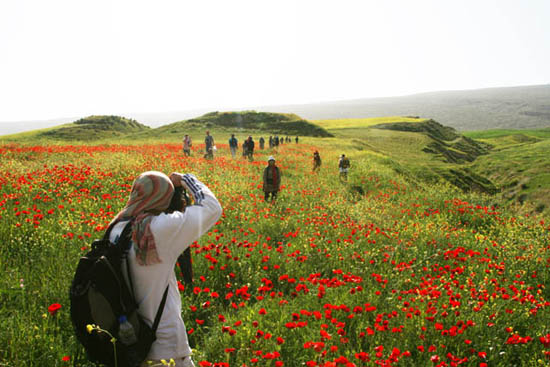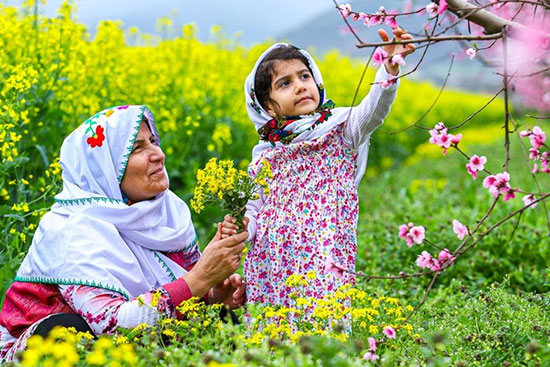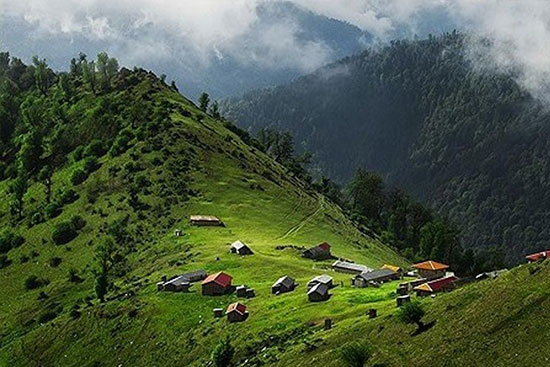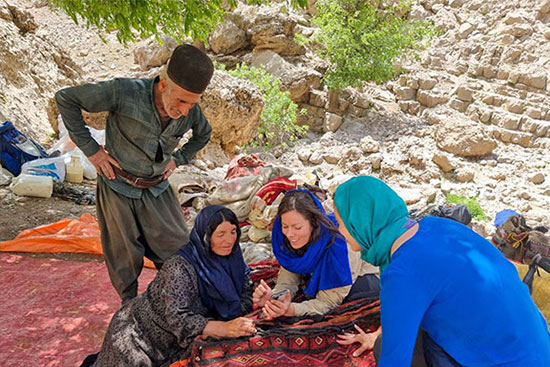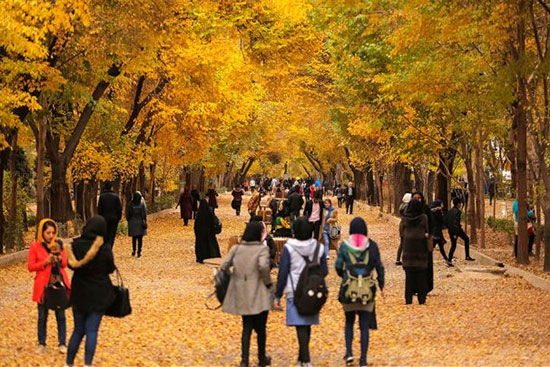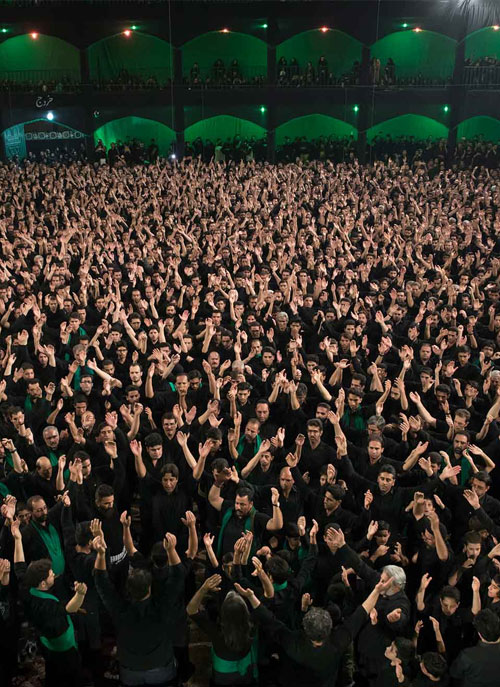
[ visit iran ]
When is the Best Time to Travel to Iran?
Many tourists and travelers wonder when is the best time to visit Iran. Iran is an all-season land with a wide variety of climates. Due to Iran’s geographical location, you can experience four seasons in one season in different places. The northern mountains of Iran are covered with snow in winter, so skiers can enjoy the ski resorts. At the same time, you can travel to the south of Iran to enjoy the spring weather and the beautiful nature of the Persian Gulf. It would be best if you choose your destination for Iran carefully.


